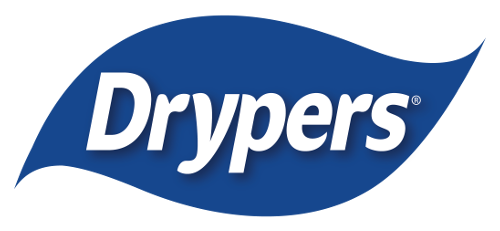
Congratulations! You’ve made it through pregnancy, labour and delivery, and now you have your new little bundle of joy in your life. If you’re a first-time mom, you’re finding out very fast everything that comes along with your baby: feeding, nappies, burping, swaddling…and one thing that creates a lot of anxiety… umbilical cord!
NewbornUmbilical Cord Care In A Nutshell
After your baby was born, your midwife or doctor would have clamped and then cut the umbilical cord. The small cord which remains attached to your baby’s belly button is known as the cord stump.
The stump will get darker, dry out, shrivel and will eventually fall off. The small wound which remains will heal and become your baby’s belly button.
8 Most Common Questions On Newborn Navel Care Answered
New moms often all have the same questions, and the same goes for Umbilical or navel care. Yes, you not the only new mom who Googled a question and arrived at this article. The good news is YOU ARE NOT ALONE, and WE ARE HERE TO HELP!
Here are some easy care tips and questions answered which should help you to feel a bit more confident while caring for your newborn.
1. Why is umbilical cord stump care so important?
It is vital that you keep the umbilical cord stump and surrounding skin clean and dry, as it helps prevent infection. It may also help the stump to fall off and allow the belly button to heal more quickly.
2. How do I care for my newborn’s umbilical cord stump?
- Keep the stump dry
The base of the umbilical cord needs to dry out and for this to happen it needs to be exposed to air as often as possible. This will also speed up the healing process. - Keep it clean
If the umbilical cord stump looks dirty or sticky, gently dab it with a wet washcloth (no soap or alcohol), then pat it dry with a dry cloth. - Sponge baths
Do not put your baby in a bath yet until after the umbilical cord has fallen off. If the stump gets wet, lightly pat and then fan the area to dry it completely. Do not rub it dry as this could cause irritation. - Let the stump fall off on its own
Do not pull the stump, even if it seems to be connected only by a thread. If the cord comes off too soon it could cause bleeding. (If this happens, call your doctor immediately.)
3. When will the umbilical cord stump fall off?
Your baby’s umbilical cord stump will fall off in its own time, the good news is you won’t have to wait long. It typically falls off 7 to 10 days after your baby’s birth.
4. What do I do when the umbilical cord falls off?
No need to panic, just continue with keeping the area clean and dry. There may be a small amount of blood when the stump falls off, but this is normal and shouldn’t last for more than a minute or two.
5. How do I care for my newborn’s belly button after the stump has fallen off?
The navel or belly button will gradually heal after the cord has fallen off, so it’s important to continue with belly button care;
- Keep the belly button (navel) clean and dry.
- If there are any secretions, clean them away with a wet cotton swab, then dry carefully.
- Do this gently to prevent any bleeding.
Important – do not use any alcohol, as it can interfere with healing.
6. How do nappies affect navel and umbilical cord care for newborns?
Avoid covering the stump, especially with their nappy, as the area needs to stay dry. You’ll be happy to know that Drypers Wee Wee Dry Newborn nappies come with a navel protection feature, which has a navel cut out design to help protect your baby’s umbilical cord stump and help prevent infection by allowing the cord to stay clean and dry.
7. Which type of clothes is appropriate for newborns with the umbilical cord attached?
While the cord is still attached you will want to make sure your baby’s clothing is loose and comfortable. Avoid dressing your baby in bodysuit style vests until the cord has fallen off. Stock up on a few kimono style tops or any piece of clothing that wraps around and snaps on the side.
8. How to identify infection?
Remember while the umbilical cord is healing, it’s normal to see a little blood near the stump. You should however contact your paediatrician if any of the signs below develop or if the stump still hasn’t separated after three weeks, this might be a sign of an underlying problem.
Signs of infection may include:
- Red, swollen appearance
- A fluid-filled lump on or near your baby’s umbilical cord stump
- Oozing pus or any foul-smelling discharge
- Bleeding from the scab (though a little dried blood is normal)
- Fever
- Lethargy, loss of appetite, irritability
- Abdominal swelling
You’ve Got This
All of this may seem overwhelming at first, but you will soon get into the swing of caring for your baby the best way you can. With the help of Drypers and your love, your baby has the best start to life.
Share your Experience With Us And Help Other New Moms
Have any tips? Tell us, how you care for your baby’s umbilical cord? Any tips and tricks might help new moms on their journey. Simply comment below to start the conversation.
Recommended Articles:
To help you on your journey, we recommend the following articles relating to baby care:







